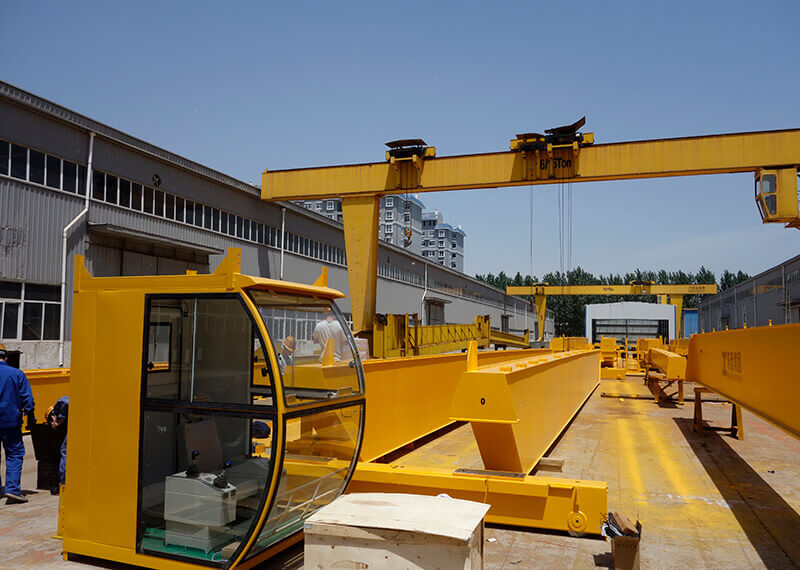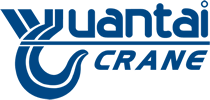
How to Improve Your Steel Mill Crane Automation with Automation?
Steel mill crane safety & overhead crane operators safety can be improved by, automation. How to improve your steel mill crane safety? Read on Steel Mill Crane Automation.
The safety of both people and equipment is crucial at a steel manufacturing plant, from cranes carrying thousands of pounds of scrap steel to those delivering liquid metal at extremely high temperatures. By incorporating safety into the steel mill's equipment, systems, and processes, operators will be safer and more informed throughout the process.
Industrial Automation in a Steel Plant
Automation is one approach to incorporate safety into a steel production operation. Automation in a steel mill can give accurate positioning capabilities, repetitive motion, and built-in safety features to minimize operator injury and equipment damage, thanks to the convergence of information systems and operational technologies. In steel facilities, industrial automation can improve system analytics and diagnostics, making maintenance, troubleshooting, and operating easier.
Another important feature of automated systems is their ability to learn. Sophisticated automated systems enable you to learn from technology by logging occurrences such as starts, stops, and errors, among other things. This not only allows you to understand where the system could be improved, but it also gives you insight into how the operators use it. The data can be analyzed by operators, managers, and trainers to identify possible training opportunities to increase safety and efficiency.
Industrial Automation in a Steel Plant
No-Fly Zone Technology reduces the chance of crashes, making equipment and workers safer. You can use no-fly zone technology to define regions where crane and hoist activity is limited or prohibited outright. These systems might be basic or complicated, and they're simple to integrate into your steel manufacturing plant's new or current crane controls.
During the steel manufacturing process, off-center pick, side pull, and snag prevention technology can be employed to guarantee loads are lifted securely. Swinging loads are not only hazardous to your personnel, but they can also cause equipment damage, resulting in accidents, costly repairs, and unplanned downtime. Off-center pick, side pull, and snag prevention technology detects a load misalignment, side pull, or snagged state and provides a visible or auditory warning to operators before a dangerous situation arises. These preventative features allow the operator to make adjustments prior to lifting.
Automated Diagnostic Technology allows you to program, maintain, monitor, and troubleshoot the complete system, from the controls to the gearbox, quickly and easily. Advanced diagnostics give vital information, such as positioning and motion, equipment status, and energy consumption, to ensure that your system and products are operating efficiently and safely. Whether you're managing equipment through a laptop, tablet, or human-machine interface (HMI), automated diagnostic technologies can provide you with 24/7 access to information so you can handle issues faster, maintain safety, and boost uptime.


